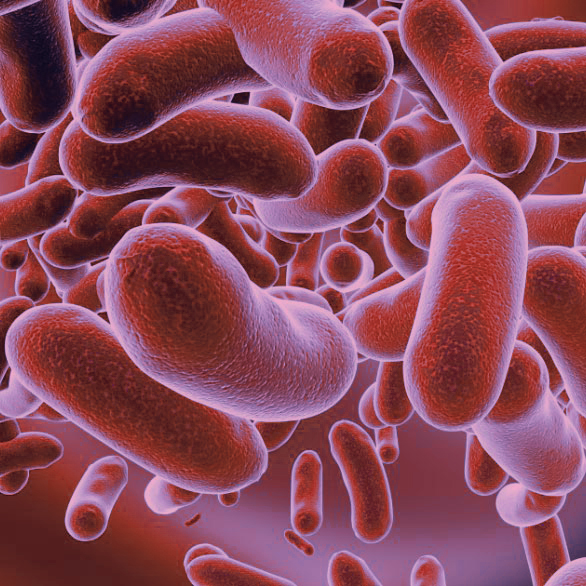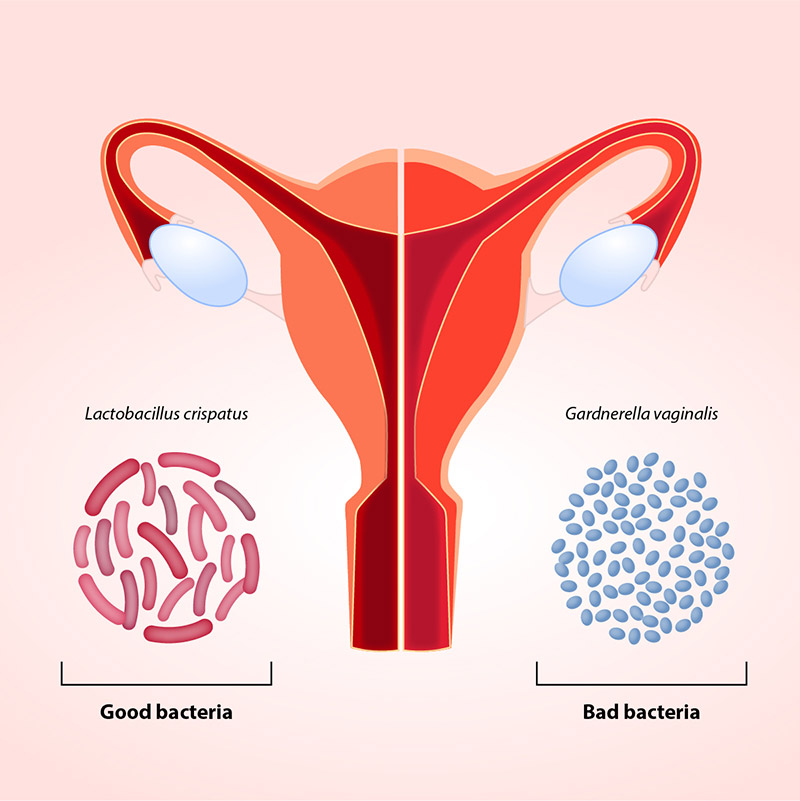A BALANCED ECOSYSTEM
The Microbiota

The term microbiota refers to the community of all microorganisms that inhabit our body, in the inside and on its surface. It is made up of mostly bacteria, but also viruses, fungi and protozoa. Although the terms “microbiota” and “microbiome” are often used interchangeably, they are not perfect synonyms, as the microbiota identifies the microorganisms themselves, whereas the microbiome describes the collective genomes of the microorganisms, meaning the collection of all their genetic material.
Scientists agree on separating the human microbiota into many subsections dependent on their location. There is a gut microbiota, a vaginal microbiota, an oral microbiota and so on.
No microbiota is equal to another. It is a sort of identity card that Nature has given us.
The study of the microbiota delineates new and broader frontiers every day and holds a huge potential for innovation in the medical and pharmaceutical sectors.





